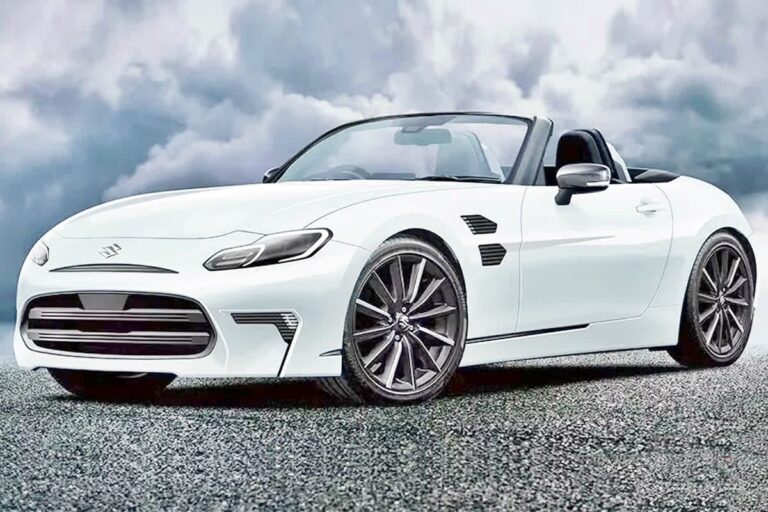
The 20th-century automotive industry was truly a playground for bold and unconventional experiments. At a time when automotive design and technology pushed the boundaries of imagination, Ford took things a step further. In 1957, the automaker introduced the Ford Nucleon concept car, a daring attempt to turn imagination into reality. The ambitious plan was to equip the vehicle with a small nuclear reactor at the rear, using nuclear fission as its power source.
Though the Nucleon never progressed beyond the scale model stage, it symbolized Ford’s forward-thinking vision for the future of transportation. This wasn’t just an experiment aimed at commercialization but a performance designed to showcase the potential of nuclear technology and capture the public’s imagination. Upon closer inspection, it becomes clear that the Nucleon wasn’t just a pipe dream—it was an advanced, sophisticated concept well ahead of its time.

A Nuclear Pickup: An Outrageous Concept with Impossible Specifications
The Ford Nucleon’s design was anything but ordinary. The front of the vehicle featured a wedge-shaped snout and slit-style headlights, emphasizing a futuristic appearance that captured the imagination of its era. With an overall length of 200.3 inches (about 5.1 meters) and a width of 77.4 inches (around 2 meters), it was roughly the size of today’s full-size pickup trucks. But where it really stood out was its height: notably low, similar to the iconic Ford GT40, creating a striking contrast in proportions.
What’s particularly interesting about the Nucleon is its structure. Much like a traditional pickup truck, the driver’s seat was compact, while the rear section was shaped like a large capsule. This rear power capsule housed the nuclear reactor, serving as the vehicle’s power source. The wheelbase measured just 69.4 inches (about 176 cm), giving the Nucleon an unusually short ratio compared to its overall length, further contributing to its unconventional design.
The reactor was a scaled-down version of the nuclear reactor found in military submarines, designed to use uranium as fuel. The reactor generated steam, which powered turbines to produce electricity for driving the vehicle. Ford claimed the Nucleon could theoretically travel more than 5,000 miles (around 8,000 kilometers) on a single charge—an astonishing claim for any vehicle, let alone one from the 1950s.

A Vision Too Advanced for Reality
In the end, the Nucleon never made it into full production. Only a 3/8 scale model was built, and the nuclear reactor was never installed. Ford also made it clear that there were no plans to commercialize the vehicle due to practical technological limitations, including issues with radiation shielding. Yet, despite these challenges, the Nucleon remains an iconic representation of the imagination that defined the time’s automotive industry.
Like the RS2.00 Group B concept, the Nucleon revealed Ford’s technical vision through an impossible design and powertrain that captured the spirit of innovation. Ford would later revisit the idea of nuclear power with the 1962 six-wheeled Ford Seattleite XXI concept, but, once again, it failed to reach production.
Today, the future of transportation is being discussed through hydrogen fuel cells and solid-state battery technology. But back in the 1950s, a nuclear-powered car was seen as the ultimate technological breakthrough. Despite its risks, the Nucleon still sparks curiosity and intrigue, even decades later. When it comes to imagination, it’s hard not to wonder if the automotive world was even more visionary back then.
























